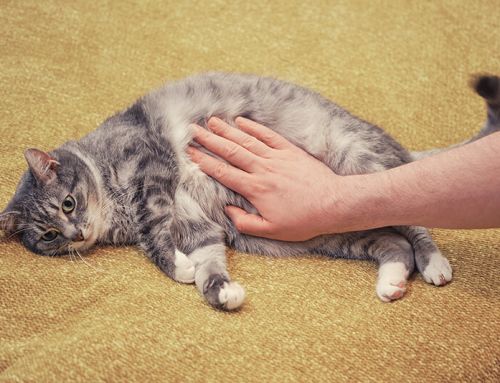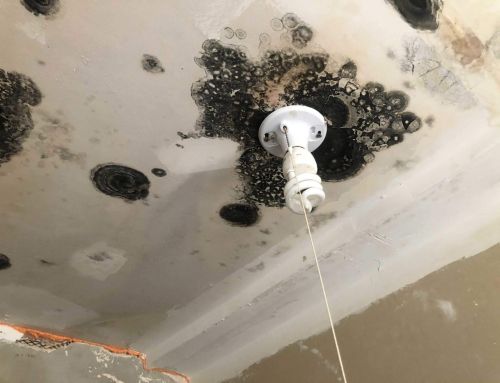Many people associate allergies with outdoor pollen or airborne dust, but your home might be hiding a range of allergens, too. These common indoor culprits can trigger sneezing, runny noses, and other respiratory issues. It’s important to recognize the variety of allergens lurking inside your home and understand how they can impact your health.
About Allergens
Allergens are substances that can cause allergic reactions in some people. When an allergic person comes into contact with an allergen, their immune system mistakenly identifies it as a harmful invader and reacts by producing antibodies. This immune response triggers the release of chemicals like histamines, leading to sneezing, itching, runny nose, watery eyes, and difficulty breathing.
Common Indoor Allergens
Dust Mites
Dust mites are microscopic creatures invisible to the naked eye. These tiny creatures thrive on soft surfaces like fabric, upholstered furniture, and carpeting. They feed on skin flakes shed by humans and pets, so they’re commonly found in mattresses, pillows, sheets, and blankets.
Despite their small size, dust mites can seriously impact respiratory health. They leave behind allergen-filled feces that can trigger asthma and allergic reactions. Common symptoms of dust mite allergies include sneezing, stuffy or runny nose, itchy or watery eyes, postnasal drip, and coughing. People with asthma may experience more severe reactions like difficulty chest tightness, wheezing, and shortness of breath.
Pollen
Pollen is a fine powdery substance produced by flowering plants, trees, grasses, and weeds. It is spread from one plant to another by wind, insects, birds, and other animals. However, it can enter your home through open doors and windows, causing seasonal allergies for those sensitive to it. When inhaled, pollen grains can trigger symptoms such as sneezing, runny nose, itchy eyes, and respiratory issues.
Mold Spores
Mold spores are present in every home. They are tiny, reproductive particles produced by mold fungi. They can quickly spread through the air, attaching to clothing, shoes, and pets. When these spores land on a damp surface, they can grow into mold.
Mold thrives in moist areas like bathrooms, basements, and under sinks. Inhaling mold spores can lead to respiratory problems and allergic reactions, especially for those with sensitivities or weakened immune systems. Common symptoms of mold exposure include sneezing, coughing, itchy eyes, and skin irritation.
Cockroach Droppings
Cockroach droppings can signal a serious infestation, especially in kitchens, where they are most common. These creepy, unpleasant pests pose serious health risks. Their droppings, body parts, and saliva can spread bacteria, viruses, and allergens throughout your home. This can lead to food contamination and exacerbate asthma symptoms or trigger allergic reactions.
Volatile Organic Compounds (VOCs)
VOCs are a large group of chemicals that easily become vapors or gases at room temperature. They are found in everyday products, including paints, cleaning supplies, adhesives, and building materials. VOCs can be released into the air through a process called off-gassing, where the chemicals evaporate and become airborne.
Depending on the concentration and duration of exposure, they can affect indoor air quality and potentially pose health risks, such as respiratory problems, headaches, and other symptoms. Each VOC has its own set of health effects, so the impact can vary based on the specific compounds and the level of exposure.
Pet Dander
All animals with fur or feathers produce dander. Even if you’re not allergic to pets, their dander can trigger allergies in sensitive individuals. Pet dander is microscopic skin particles that contain protein from an animal’s saliva, urine, and feces. When pets groom themselves, they spread saliva on their fur. As their skin cells shed, these tiny flakes can float in the air and land on surfaces in the home.
Pet dander is a common allergy trigger, causing sneezing, runny nose, itchy or watery eyes, and coughing. Choosing a shorthaired cat or dog won’t reduce dander because it’s made up of dead skin cells. Regular grooming appointments and frequent cleaning can help reduce pet dander in your home. Sometimes, the issue isn’t the pet dander but the pollen or mold spores your pet brings in from outside.
What should you do?
- Regular cleaning: Frequently vacuuming carpets and upholstery, dusting surfaces, and washing bedding can reduce dust mites and pet dander.
- Controlling humidity: Using dehumidifiers in damp areas and fixing leaks can prevent mold growth.
- Air purification: HEPA filters in vacuum cleaners and air purifiers can trap allergens and improve indoor air quality.
- Sealing entry points: Keep windows and doors closed during peak pollen seasons and seal any cracks or gaps to limit pollen entry.
- Pet care: Bathing pets regularly can help reduce dander in your home. It can also limit the amount of pollen or mold brought indoors by your pet.
If you suspect that your home has high levels of allergens, it’s important to contact an allergen eradication specialist as soon as possible. These professionals can assess the types and concentrations of allergens present and recommend the best treatment to address the issue. However, remember that most specialists focus on specific allergens, and few can handle all types in one go.
If you’re dealing with multiple allergens and prefer a chemical-free approach, Pur360 is here to help. We offer effective solutions to eliminate allergens and create a healthier living environment. Understanding and managing the allergens in your home can greatly improve your quality of life, especially if you suffer from allergies or asthma.



